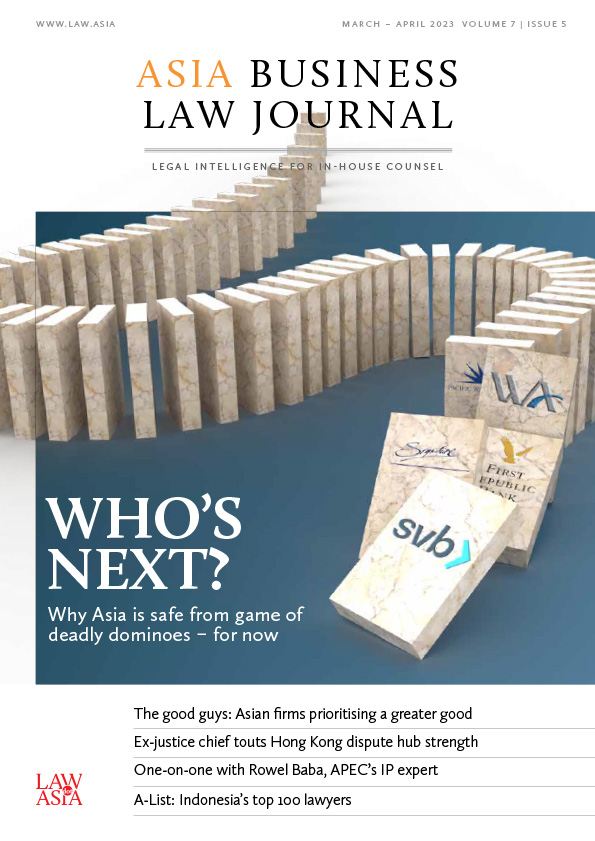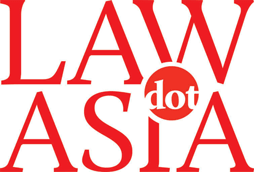Indian jurisprudence is developing with the recent judgments and decisions issued by the courts and the Controller of Patents. Patent decisions are attracting the pharma industry and making both innovators and generics alike re-examine their strategies. In 2012, the grant of compulsory licence issued by the Controller of Patents against Bayer affected the pharma world, but the prima facie rejection of compulsory licence applications of BDR and Lee Pharma in 2014 and 2015, respectively, have made licence seekers reconsider their strategies. With respect to enforcement of patent rights, in 2012 the Delhi High Court held Cipla’s Erlocip drug not to have infringed Roche’s Indian patent No. 196774, but this position was reversed by the Division Bench (DB) in 2015. Cipla has now submitted a special leave petition to the Supreme Court of India, although the patent was set to expire on 13 March 2016.
Argument for non-infringement

Section 3(d) of the Indian Patents Act 1970 excludes certain subject matter from being considered to be an invention within the meaning of the act. Although this is a patent eligibility criteria, Cipla effectively used it to prove non-infringement before the single judge of the Delhi High Court in 2012. The argument relied on the fact that “polymorph B of erlotinib hydrochloride”, the molecule in Erlocip, was in the public domain for anyone to use because an application filed by Roche for the polymorph was not granted due to objection under section 3(d).
However, separate applications for this polymorph were granted in foreign countries. This argument further relies on the fact that, for grant of a patent application, the claimed subject matter should be novel. Even in selection inventions, the selection should be established as novel over the general group disclosed in the base patent. Hence, novel subject matter in a subsequent patent would mean that it is not disclosed in the base patent, and when a base patent does not disclose a subject matter, then how can a protection be extended to such non-disclosed subject matter? Therefore, Cipla’s argument has been that polymorph B is not covered under the base patent and the subsequent application did not protect such subject matter. This is a typical case of using a patent eligibility criteria while assessing patent infringement.
You must be a
subscribersubscribersubscribersubscriber
to read this content, please
subscribesubscribesubscribesubscribe
today.
For group subscribers, please click here to access.
Interested in group subscription? Please contact us.
你需要登录去解锁本文内容。欢迎注册账号。如果想阅读月刊所有文章,欢迎成为我们的订阅会员成为我们的订阅会员。
709/ 710, Tolstoy House, 15-17 Tolstoy Marg New Delhi – 110 001 India
Tel: 91 11 2371 6565
Fax: 91 11 2371 6556
E-mail:
rajeev@lexorbis.com
neha@lexorbis.com
www.lexorbis.com





























